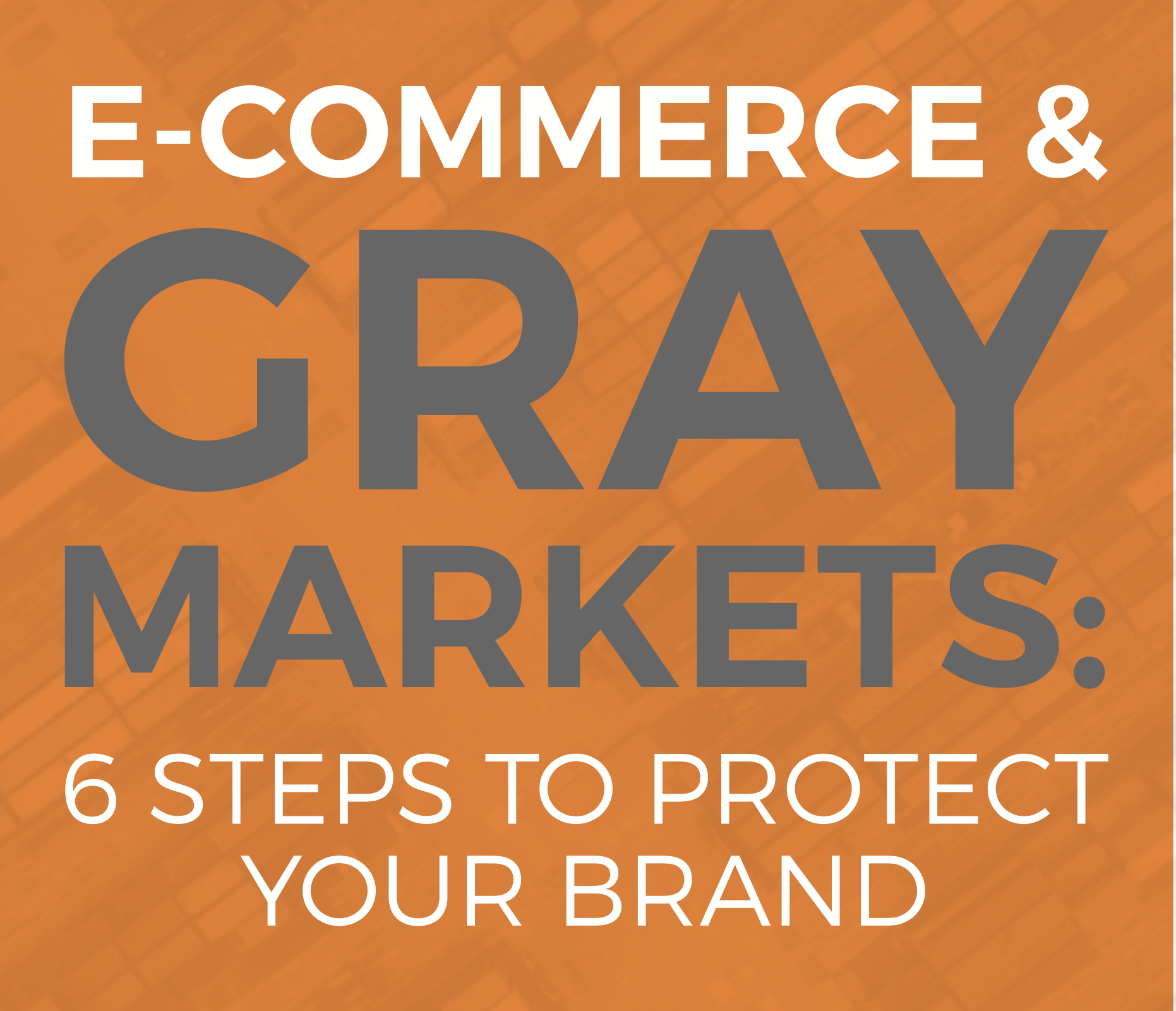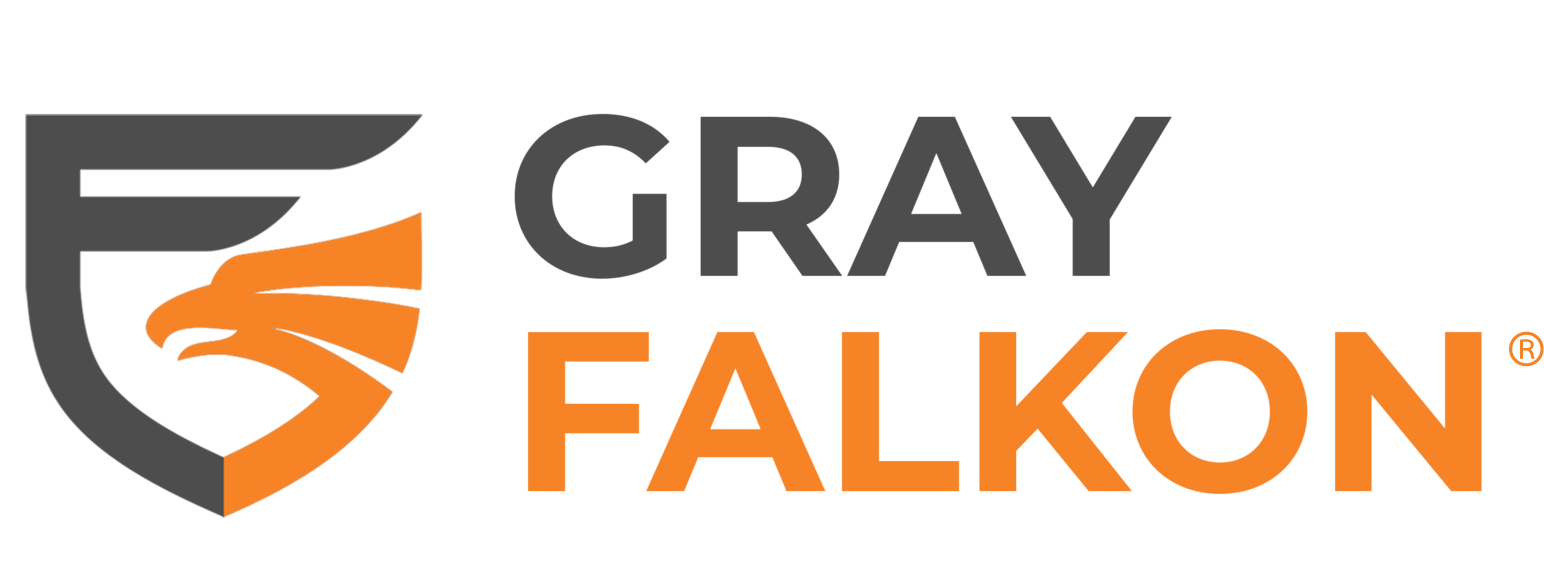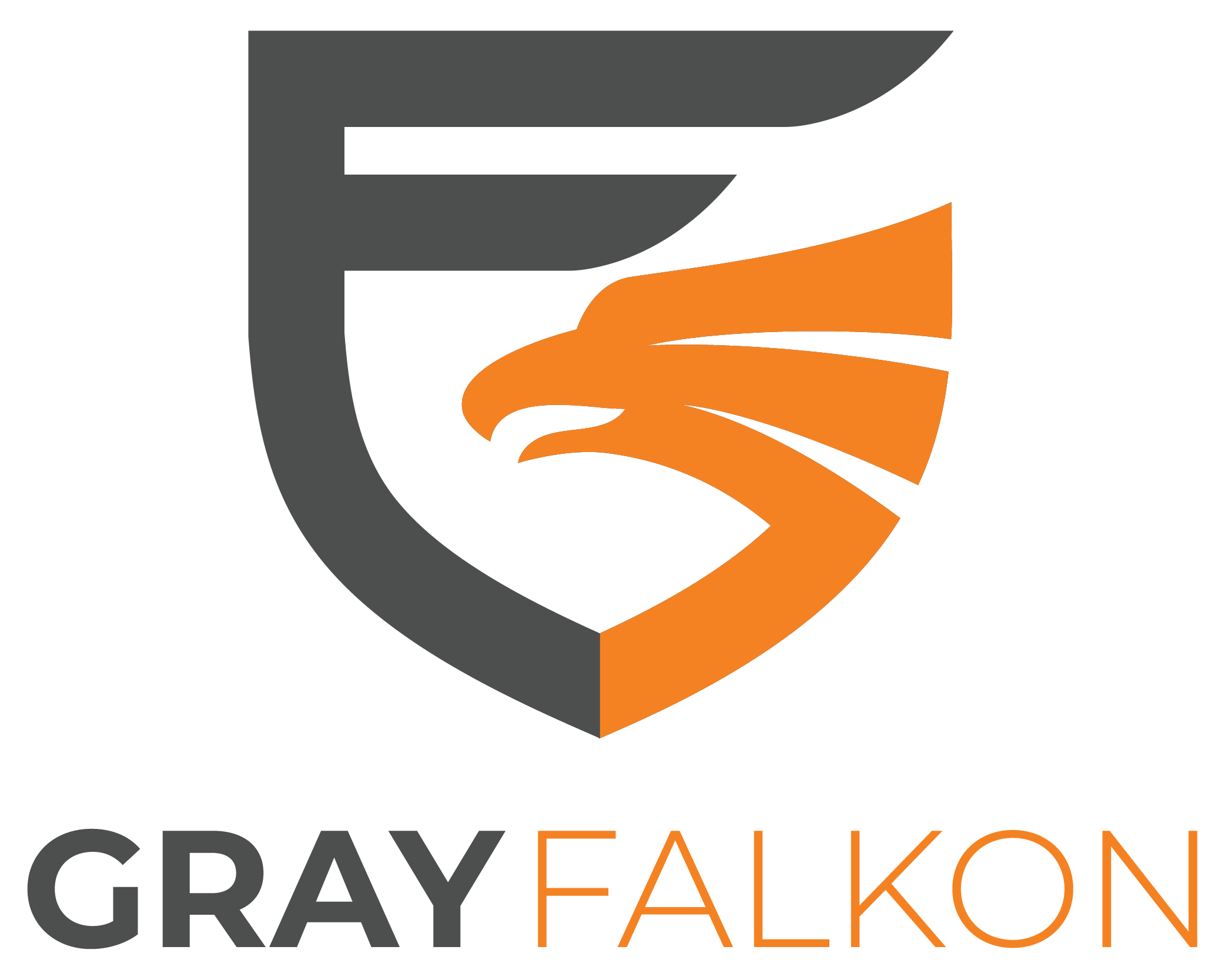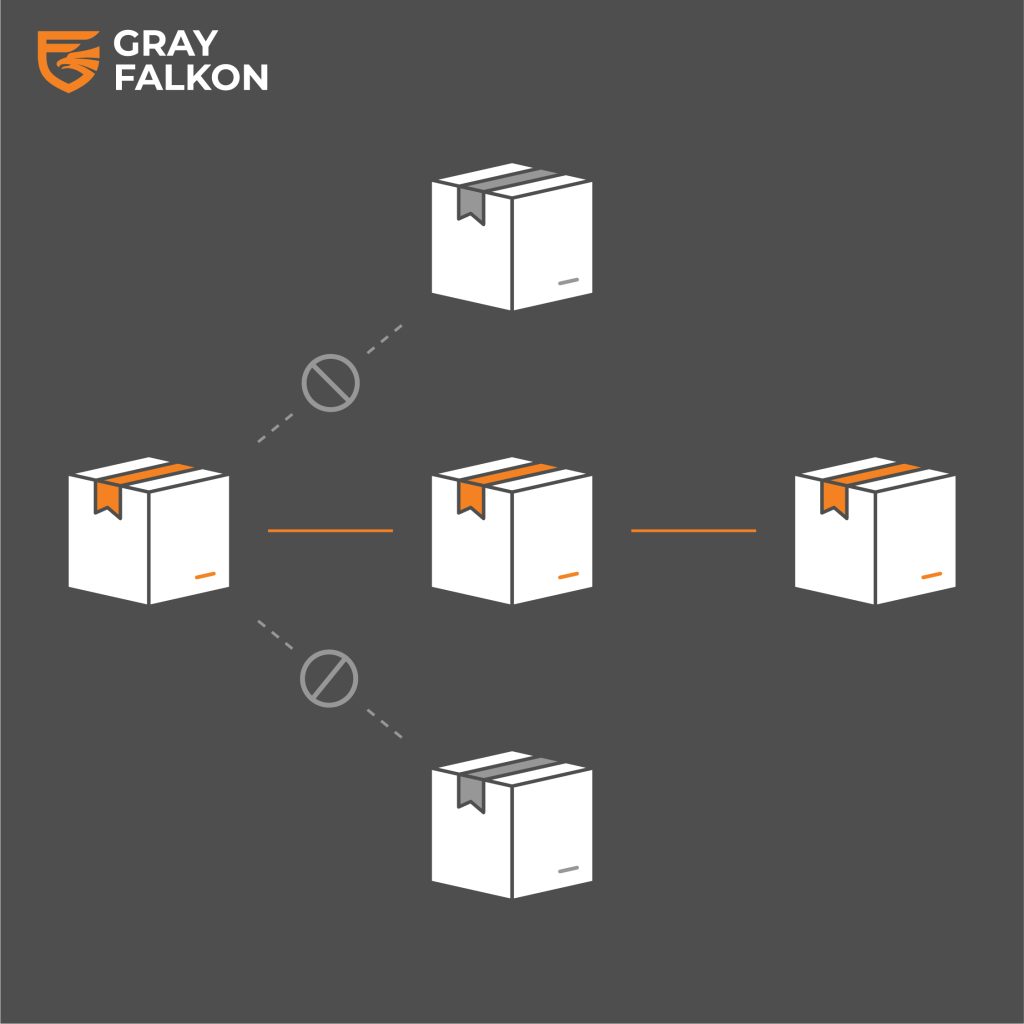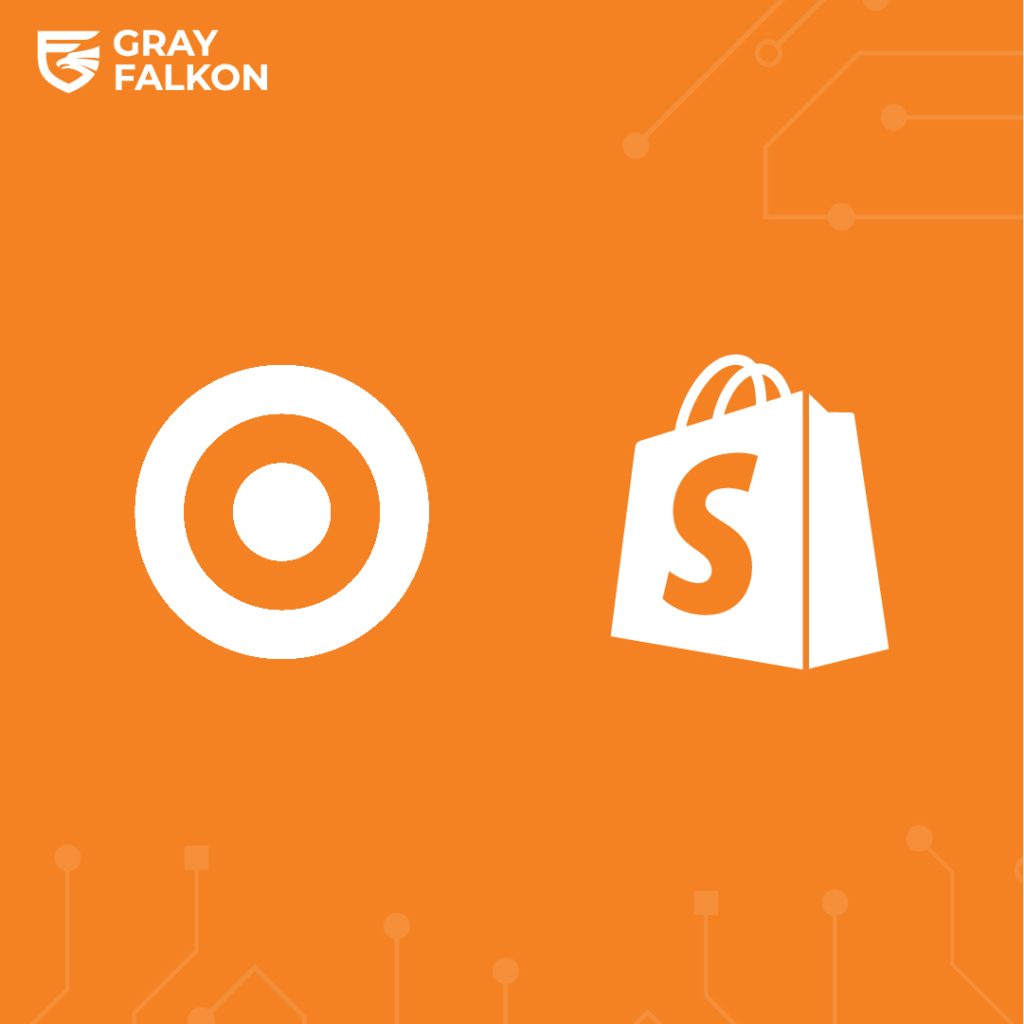
With an ever-evolving digital marketplace, the rise of unauthorized sellers has become a significant challenge for brands aiming to maintain their integrity and consumer trust. These rogue entities often infiltrate online platforms, selling counterfeit or unauthorized goods that can tarnish a brand’s image and dilute customer loyalty. With eCommerce giants like Amazon and Walmart continuously expanding, the battle against such sellers has intensified, necessitating robust strategies to protect brand reputation.
The presence of unauthorized sellers not only disrupts competitive pricing but also poses severe risks to brand authenticity. As consumers increasingly rely on online shopping, the importance of safeguarding brand integrity has never been more critical. Let’s explore effective strategies for identifying and removing unauthorized sellers from online marketplaces, ensuring that brands retain control over their products and uphold the quality that customers expect.
Understanding Unauthorized Sellers
Unauthorized sellers are individuals or entities that sell products without the explicit permission of the brand owner, often violating intellectual property rights and distribution agreements. These sellers can appear across various online marketplaces, exploiting the open nature of these platforms to reach a broad customer base.
These rogue sellers typically employ several tactics to infiltrate marketplaces:
Listing counterfeit products: Offering fake goods that mimic popular brands, deceiving customers about their authenticity.
Undercutting prices: Selling products at significantly lower prices to lure customers away from authorized sellers often violating pricing guidelines and MAP policies.
Hijacking listings: Using another seller’s product details page to sell their items, often resulting in negative reviews and decreased trust when the product does not meet customer expectations.
It is important to note that not all third-party sellers are unauthorized. Many third-party sellers operate with full approval from brands, contributing positively to the brand’s presence and sales in online marketplaces. Distinguishing between legitimate third-party sellers and unauthorized ones is crucial for brands to accurately target and remove those truly violating their policies without alienating genuine partners.
Understanding the methods used by these sellers is the first step in developing effective strategies to combat them. By recognizing the signs of unauthorized selling, brands can take proactive steps to safeguard their products and their reputation.
Challenges Posed by Unauthorized Sellers
The presence of unauthorized sellers on online marketplaces presents several challenges for brands, significantly impacting their reputation and in some cases their bottom line:
Brand Reputation Damage: Unauthorized sellers can damage a brand’s reputation by offering substandard, counterfeit, or gray market products. When customers unknowingly purchase these inferior goods, their dissatisfaction and resulting negative reviews tarnish the brand’s image and customer trust.
Price Erosion: When unauthorized sellers offer products at lower prices, it can lead to price erosion, undermining the brand’s pricing strategy and devaluing the product in the eyes of consumers. This makes it challenging for brands to maintain a stable market price and can affect relationships with legitimate retailers.
Intellectual Property (IP) Violations: Unauthorized sales often involve violations of intellectual property rights, with sellers distributing products without respecting the legal constraints of trademarks or patents. This not only leads to financial losses but also complicates the enforcement of IP rights.
Consumer Confusion: The proliferation of sellers on platforms can confuse consumers about who is a legitimate seller and which products are genuine. This confusion can lead to poor purchasing decisions and decrease the overall customer experience.
Customer Satisfaction: When customers receive counterfeit or gray market products from unauthorized sellers, their satisfaction decreases due to poor product quality, lack of warranty support, or discrepancies in expected performance. This dissatisfaction can lead to a loss of repeat business, negative word-of-mouth, and a decline in overall brand loyalty.
Addressing these challenges requires a comprehensive approach that includes proactive monitoring, robust analytics, and strategic enforcement to ensure that only authorized sellers are representing the brand in the marketplace.
Strategies for Identifying Unauthorized Sellers
Effectively combating unauthorized sellers involves employing a variety of strategies to detect and address these entities quickly and efficiently. Brands can leverage the following methods to safeguard their online presence:
Brand Monitoring Tools: Utilizing specialized software solutions that continuously scan online marketplaces for unauthorized sellers and gray market products. These tools can alert brands to potential infringements by tracking product listings, price points, and seller activity.
Price Monitoring: Implementing price monitoring tools to track the advertised prices of products across different sellers and platforms. This helps in identifying sellers who undercut prices, which is often a sign of unauthorized selling activities.
Data Analytics: Using advanced analytics to assess patterns and trends that could indicate unauthorized selling. This includes analyzing sales data, customer reviews, and seller behavior to pinpoint irregularities.
Engaging Customers: Encouraging customers to report suspicious products or sellers can be an effective way to gather intelligence. Brands can set up a reporting mechanism on their website or through customer service channels.
Marketplace Partnerships: Collaborating with online marketplaces to gain better visibility and control over who is selling their products. Many platforms offer programs and tools designed to help brands protect their intellectual property and enforce selling policies.
By integrating these strategies into their overall brand protection plan, companies can significantly enhance their ability to detect unauthorized sellers and take appropriate action to maintain the integrity of their brand.
Platform and Technological Solutions for Brand Protection
To safeguard their brands, companies are utilizing technological and platform-provided solutions that offer protection against unauthorized sellers and counterfeit products. Here are some of the solutions being employed:
Amazon Transparency: A service by Amazon designed to prevent counterfeit products from being sold on its platform. It uses unique codes that must be applied to every unit manufactured. When products are purchased, Amazon scans and verifies these codes to ensure only genuine products reach customers. You can learn more about how this program works and our thoughts on its effectiveness against unauthorized sellers here.
Amazon Brand Registry: This program helps protect intellectual property and manage listings efficiently. Brands enrolled in Amazon Brand Registry can access tools that improve the accuracy of brand-related information and help prevent violations before they affect the brand and customers.
Amazon Project Zero: Employs automated protections to scan listings and remove counterfeit items proactively. This self-service tool allows brands to remove counterfeit listings directly without waiting for Amazon’s intervention, providing brands with unprecedented control over their product listings.
Walmart Brand Portal: Similar to Amazon’s offerings, this portal enables brand owners to manage their brands, submit and track intellectual property claims, and manage authorized representatives within Walmart’s marketplace. It’s a unified hub for brands to protect their intellectual property and ensure compliance across the platform.
Serial Number Tracking and Blockchain Technology: Implementing serial number tracking can help brands ensure that only authorized products are sold by verifying each item’s authenticity at the point of sale. Blockchain technology is being explored for its potential to create a secure, transparent record of every product manufactured and sold, aiding in counterfeit prevention.
AI-Powered Monitoring Systems: Artificial intelligence systems can monitor online listings at scale, quickly identifying potential infringements based on image recognition and pattern detection.
These solutions provide brands with tools to protect their products and ensure that customers receive genuine, high-quality goods, preserving the brand’s reputation and customer trust.
Gray Falkon’s Solution for Brand Protection
The brand protection solutions provided by platforms and marketplaces are a great start, however, they don’t provide brands with the level of protection needed in today’s fast-paced eCommerce world. Gray Falkon’s proprietary AI and automation technology is tailored to combat unauthorized sellers and counterfeit products effectively. Our full deployment solution is designed to work side-by-side with the strategies and technologies discussed earlier, providing a comprehensive solution for brands looking to secure their online presence.
Advanced Detection with AI and Machine Learning: Gray Falkon harnesses the power of artificial intelligence and machine learning to monitor and analyze vast amounts of data across online marketplaces. This technology can detect patterns and anomalies indicative of counterfeit, stolen, and gray market goods, enabling rapid identification of potential threats. Unlike manual monitoring, AI can sift through data with unmatched speed and accuracy, providing real-time alerts and insights.
Proactive Brand Protection Measures: Beyond detection, Gray Falkon’s solution is designed to take proactive steps in brand protection. Upon identifying a potential threat, the technology initiates automated processes to address the issue. This includes notifying the unauthorized seller of the policy violation and working with the eCommerce platform to take action This approach not only mitigates immediate threats but also deters future violations.
Comprehensive Coverage Across Online Marketplaces: Gray Falkon’s technology is not limited to a single platform; we provide brand protection across major online marketplaces including Amazon, Walmart, eBay, and more.
Test Buys: Consumer experience audits are a powerful tool in Gray Falkon’s brand protection arsenal. These audits involve making “test buys” to evaluate the consumer experience and identify unauthorized sellers. Test buys help document bad behaviors of illegitimate third-party sellers and support claims against them. By purchasing products and identifying issues such as incorrect items, damaged goods, improper shipping, or expired products, our audits ensure that any violations are documented and addressed promptly.
Brand Success Team Support: Complementing the AI technology, Gray Falkon offers a dedicated Brand Success manager that works alongside the AI solution. This provides a human touch, offering strategic guidance, customizing protection plans, and ensuring that the brand’s unique needs are met. The synergy ensures a robust and responsive brand protection strategy alongside a strategic expert for eCommerce planning.
Our solution not only addresses the immediate issues posed by unauthorized sellers but also provides long-term strategies to maintain the integrity and reputation of brands in the digital marketplace.
Start Cracking Down On Unauthorized Sellers
The digital marketplace presents a dynamic yet challenging landscape for brands, as unauthorized sellers and gray market goods can severely impact brand reputation and customer trust. Employing a multifaceted approach that incorporates both innovative technologies and strategic enforcement is essential for protecting brand integrity.
Technologies like Amazon Transparency, Amazon Brand Registry, and Walmart Brand Portal provide tools for brands to monitor and control their products’ distribution. Our AI-powered solution extends these capabilities through automated detection and enforcement. By partnering with Gray Falkon, brands can leverage expert insights and tailor-made strategies to effectively combat the challenges posed by unauthorized sellers, ensuring their products are represented accurately and safely in the marketplace. Schedule a demo today to learn how our solution can be customized to meet your brand’s unique needs and keep you one step ahead in the competitive world of eCommerce.
